Home>Interior Design>5 Outdated Lighting Trends Designers Say To Avoid
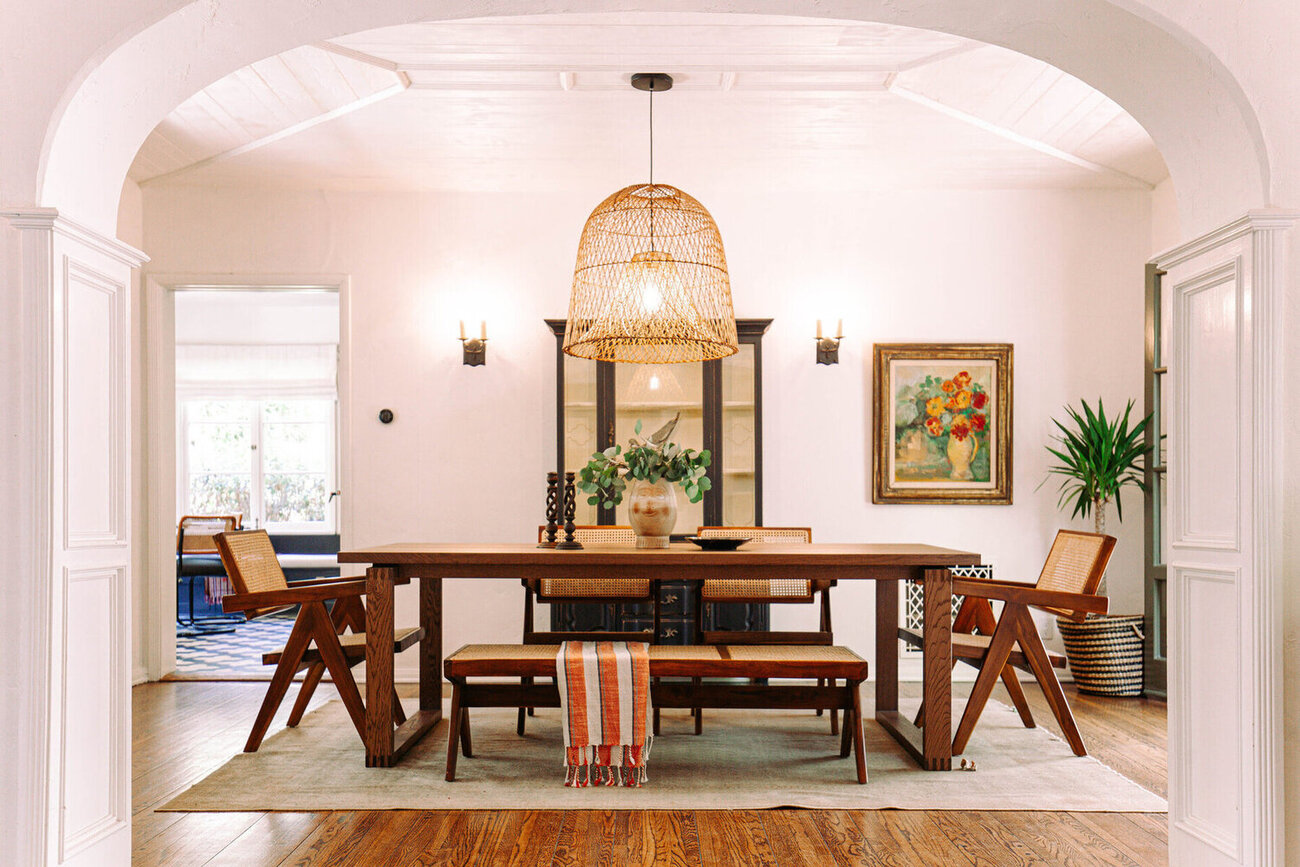

Interior Design
5 Outdated Lighting Trends Designers Say To Avoid
Modified: January 5, 2024
Looking to update your interior design? Avoid these 5 outdated lighting trends, as suggested by designers. Embrace modern lighting styles for a fresh and contemporary look.
(Many of the links in this article redirect to a specific reviewed product. Your purchase of these products through affiliate links helps to generate commission for Storables.com, at no extra cost. Learn more)
Introduction
Welcome to the world of interior design! As an expert in the field, I’m here to share some valuable insights on lighting trends that designers say you should avoid. Lighting plays a crucial role in creating the ambiance and functionality of a space. With advancements in technology and evolving design preferences, certain trends that were once popular have now become outdated.
By steering clear of these outdated lighting trends, you can ensure that your space remains beautifully illuminated, while also staying up-to-date with the latest design aesthetics. So, let’s dive in and discover the lighting trends that designers recommend avoiding.
Key Takeaways:
- Say goodbye to Edison bulbs and fluorescent lights! Embrace energy-efficient LED bulbs and modern lighting alternatives for a stylish and functional space.
- Ditch the outdated single overhead lighting fixtures and neon accent lights. Opt for multi-layered lighting with diverse fixtures to create a visually appealing and inviting environment.
Subtitle 1: Edison Bulbs
Edison bulbs, with their vintage and nostalgic appeal, were once a popular choice for interior lighting. These bulbs, designed to resemble the original carbon filament bulbs created by Thomas Edison, became a trend in the early 2000s. However, designers now suggest avoiding the excessive use of Edison bulbs in contemporary spaces.
While Edison bulbs can add a touch of warmth and character to certain design styles, such as industrial or rustic themes, using them throughout a modern space can create a contradictory and dated look. The soft, warm glow of Edison bulbs may not provide sufficient brightness for functional tasks, especially in areas like kitchens or home offices where task lighting is crucial.
If you still love the vintage charm of Edison bulbs, consider incorporating them strategically as accent or mood lighting in specific areas of your home. This way, you can maintain a balanced lighting scheme while preserving the unique aesthetic they offer.
Opting for more energy-efficient LED bulbs that mimic the look of Edison bulbs can be a modern alternative. These LED bulbs offer the same warm glow, but with improved energy efficiency, longevity, and versatility.
Subtitle 2: Fluorescent Lights
Fluorescent lights, once a common fixture in commercial spaces and older homes, have fallen out of favor among interior designers. These tube-shaped lights were known for their bright, harsh, and often flickering light. Their unappealing aesthetics and limited color rendering capabilities made them unsuitable for creating a cozy and welcoming atmosphere in residential spaces.
Although fluorescent lights have come a long way in terms of technology, with the introduction of compact fluorescent lamps (CFLs) and newer models like T5 and T8 fluorescent tubes, their outdated reputation still lingers. The cool, bluish light emitted by traditional fluorescent lights can create a cold and sterile ambiance in a room.
In contemporary interior design, there is a strong emphasis on incorporating lighting that enhances the overall mood and aesthetics of a space. Therefore, designers recommend replacing fluorescent lights with more energy-efficient and visually pleasing options, such as LED lights or halogen bulbs.
LED lights provide a wide range of color temperatures, from warm to cool, and can be dimmable, allowing for greater flexibility in creating different atmospheres. Additionally, LED lights are more energy-efficient and have a longer lifespan compared to fluorescent lights, making them a sustainable choice.
When it comes to residential lighting, it’s essential to prioritize not only functionality but also the overall look and feel of the space. By avoiding fluorescent lights and opting for more modern alternatives, you can create a more visually appealing and inviting environment.
Subtitle 3: Overhead Fluorescent Lighting Panels
Overhead fluorescent lighting panels, commonly found in offices, commercial spaces, and older homes, are another outdated lighting trend that design experts advise avoiding. These large, rectangular panels consist of multiple fluorescent tubes enclosed within a grid-like frame.
While overhead fluorescent lighting panels were once popular due to their functionality and cost-effectiveness, they often create harsh and unflattering lighting conditions. The uniform distribution of light across a space can result in a flat and uninspiring atmosphere, lacking depth and visual interest.
In modern interior design, emphasis is placed on the layering of light to create a dynamic and visually appealing space. Overhead fluorescent lighting panels may not offer the flexibility to achieve this layered lighting effect. Additionally, as mentioned earlier, the cool, bluish light emitted by fluorescent tubes can negatively impact the ambiance of a room.
To update your lighting and improve the overall look of your space, consider replacing overhead fluorescent lighting panels with more modern options. Some popular alternatives include recessed lighting fixtures, track lighting systems, or pendant lights placed strategically throughout the room.
Recessed lighting fixtures can provide focused and directional lighting, allowing you to highlight specific areas or architectural elements within a space. Track lighting systems offer flexibility in adjusting the direction of light by moving the fixtures along a track. Pendant lights can add a stylish and decorative element to a room while providing both ambient and task lighting.
By ditching overhead fluorescent lighting panels and embracing these modern alternatives, you can transform the lighting in your space and create a more visually appealing and versatile environment.
When choosing lighting for your space, opt for timeless and versatile designs that can easily adapt to changing trends. Avoid overly ornate or overly industrial fixtures that may quickly become outdated.
Subtitle 4: Neon Accent Lighting
Neon accent lighting, once a popular choice for adding a vibrant and eye-catching element to interior spaces, is now considered an outdated lighting trend. Neon lights, characterized by their bright, colorful glow, were commonly used in bars, nightclubs, and retro-themed establishments.
While neon accent lighting can create a fun and nostalgic atmosphere in certain settings, it is often seen as overdone and cliché in modern interior design. The bold and attention-grabbing nature of neon lights can easily overwhelm a space and detract from the overall aesthetic.
Designers now suggest opting for more subtle and sophisticated forms of accent lighting. Consider using LED strip lights or discreet LED spotlights to highlight specific architectural features, artwork, or decorative elements in your space. These options offer more versatility and control in terms of color and intensity, allowing you to create a customized lighting scheme.
LED strip lights, for example, can be installed under cabinets, along the edges of shelves, or even behind furniture to provide a soft and ambient glow. LED spotlights can be strategically directed to highlight specific areas of interest without overpowering the space.
By moving away from neon accent lighting and embracing more modern alternatives, you can achieve a more sophisticated and balanced look in your interior design. Remember, it’s important to use accent lighting sparingly and purposefully to enhance the overall ambiance rather than overpower it.
Subtitle 5: Single Overhead Lighting Fixtures
In the past, single overhead lighting fixtures were commonly used as the primary source of illumination in a room. This approach often resulted in inadequate and unbalanced lighting, leaving certain areas of the space poorly lit or casting harsh shadows.
Interior designers now discourage relying solely on a single overhead lighting fixture for lighting a room. Instead, they recommend incorporating multiple light sources to create a layered and dynamic lighting scheme.
Adding additional light sources, such as table lamps, floor lamps, or wall sconces, allows for more flexibility in adjusting the lighting levels and creating different moods within a room. These supplementary fixtures can provide task lighting for specific activities, ambient lighting for overall illumination, or accent lighting to highlight architectural features or decorative elements.
By distributing light sources throughout the room, you can create a more inviting and visually pleasing environment. For example, placing a floor lamp next to a reading chair provides focused task lighting, while a combination of recessed ceiling lights and wall sconces provides overall ambient lighting.
Furthermore, using multiple light sources can enhance the aesthetics of a space by adding visual interest and depth. By incorporating different types of fixtures, you can introduce varied styles, materials, and designs that complement your overall interior design scheme.
One important aspect to consider when utilizing multiple light sources is the ability to control the intensity and color temperature of each fixture. Dimmers and smart lighting systems can give you the flexibility to adjust the lighting to suit your needs and create a desired atmosphere.
By avoiding the use of a single overhead lighting fixture and embracing the concept of multi-layered lighting, you can transform the ambiance of your space and ensure that every corner is properly illuminated.
Conclusion
In the ever-evolving world of interior design, it’s important to stay aware of outdated lighting trends that can detract from the overall aesthetics and functionality of a space. By avoiding these trends and embracing more modern alternatives, you can create a visually appealing and inviting environment that reflects your personal style.
Edison bulbs, while charming in certain design styles, should be used sparingly to avoid a dated look. Opting for energy-efficient LED bulbs that mimic the vintage appeal can be a more contemporary choice.
Fluorescent lights, known for their harsh and unflattering qualities, can be replaced with LED lights or halogen bulbs that offer better color rendering and a more pleasing ambiance.
Overhead fluorescent lighting panels, once a common feature in commercial spaces, can be replaced with recessed lighting, track lighting, or pendant lights to create a more visually appealing and versatile lighting scheme.
Neon accent lighting, although fun and vibrant, is often seen as overdone in modern design. Consider using LED strip lights or discreet spotlights to add subtle accents without overwhelming the space.
Avoid relying on a single overhead lighting fixture and instead incorporate multiple light sources to create a layered and dynamic lighting scheme. This will enhance the functionality and aesthetics of your space.
Remember, it’s important to strike a balance between functionality and design when it comes to lighting. By avoiding these outdated trends and embracing modern alternatives, you can create a beautifully illuminated space that perfectly suits your style and needs.
So, go ahead and update your lighting choices to transform your space into a visually stunning and welcoming haven.
Frequently Asked Questions about 5 Outdated Lighting Trends Designers Say To Avoid
Was this page helpful?
At Storables.com, we guarantee accurate and reliable information. Our content, validated by Expert Board Contributors, is crafted following stringent Editorial Policies. We're committed to providing you with well-researched, expert-backed insights for all your informational needs.
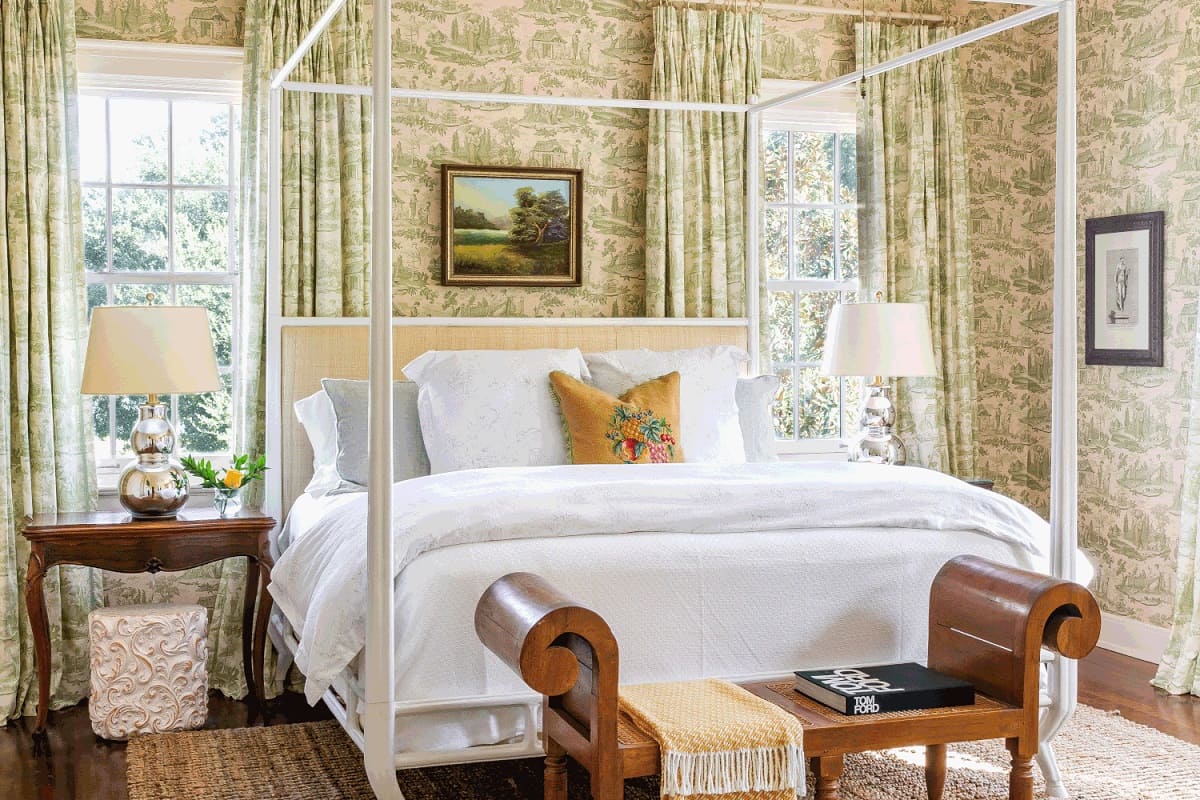
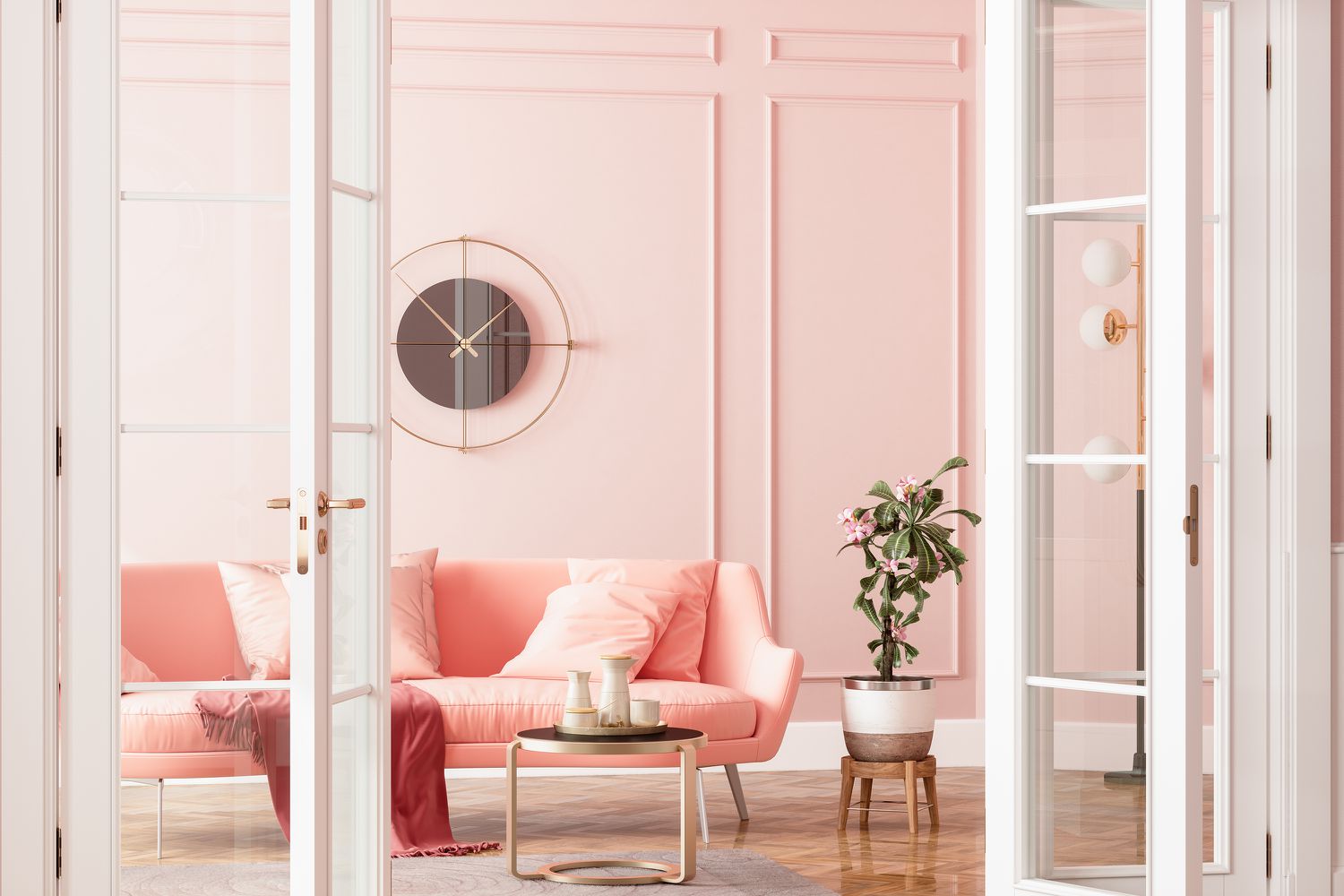
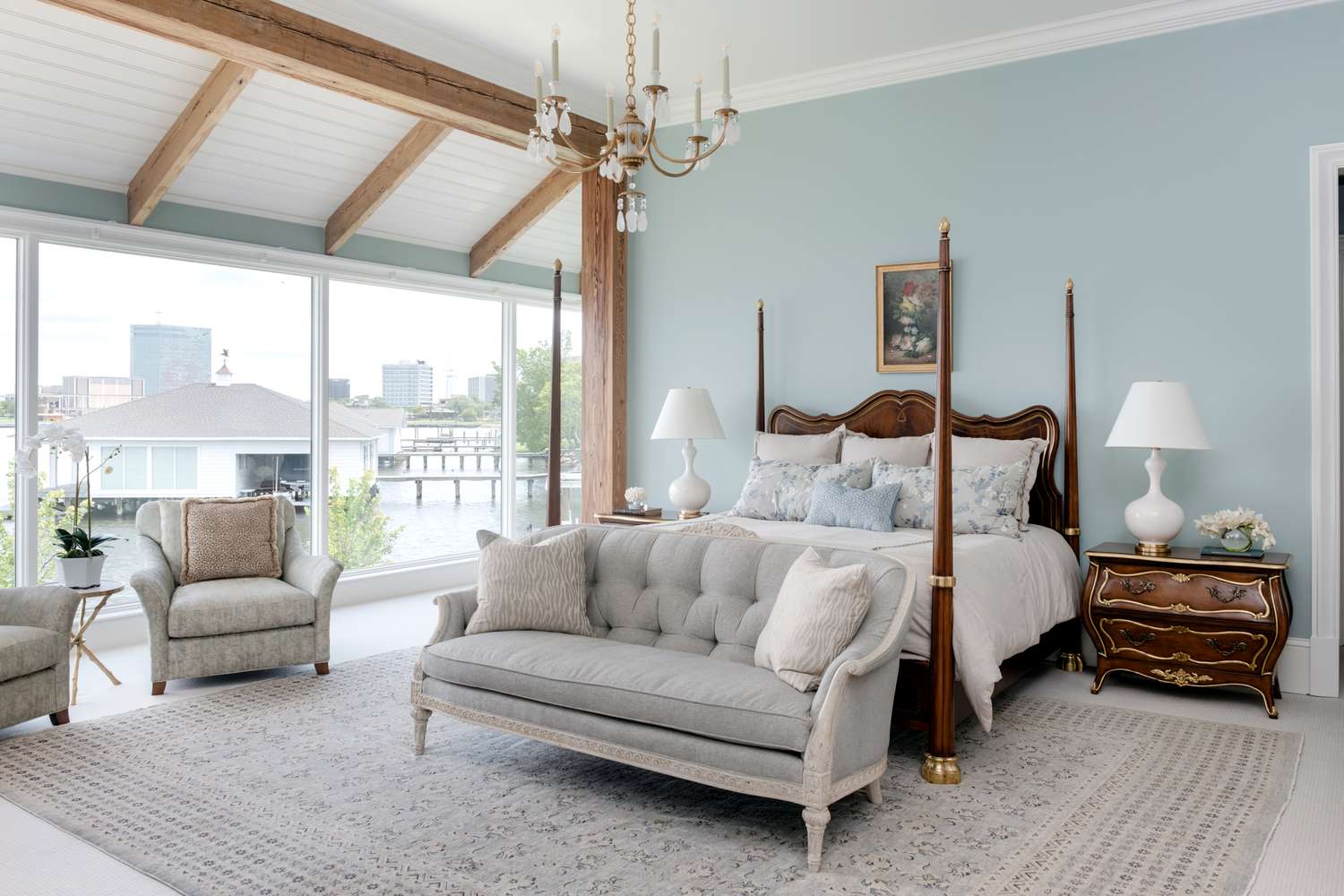
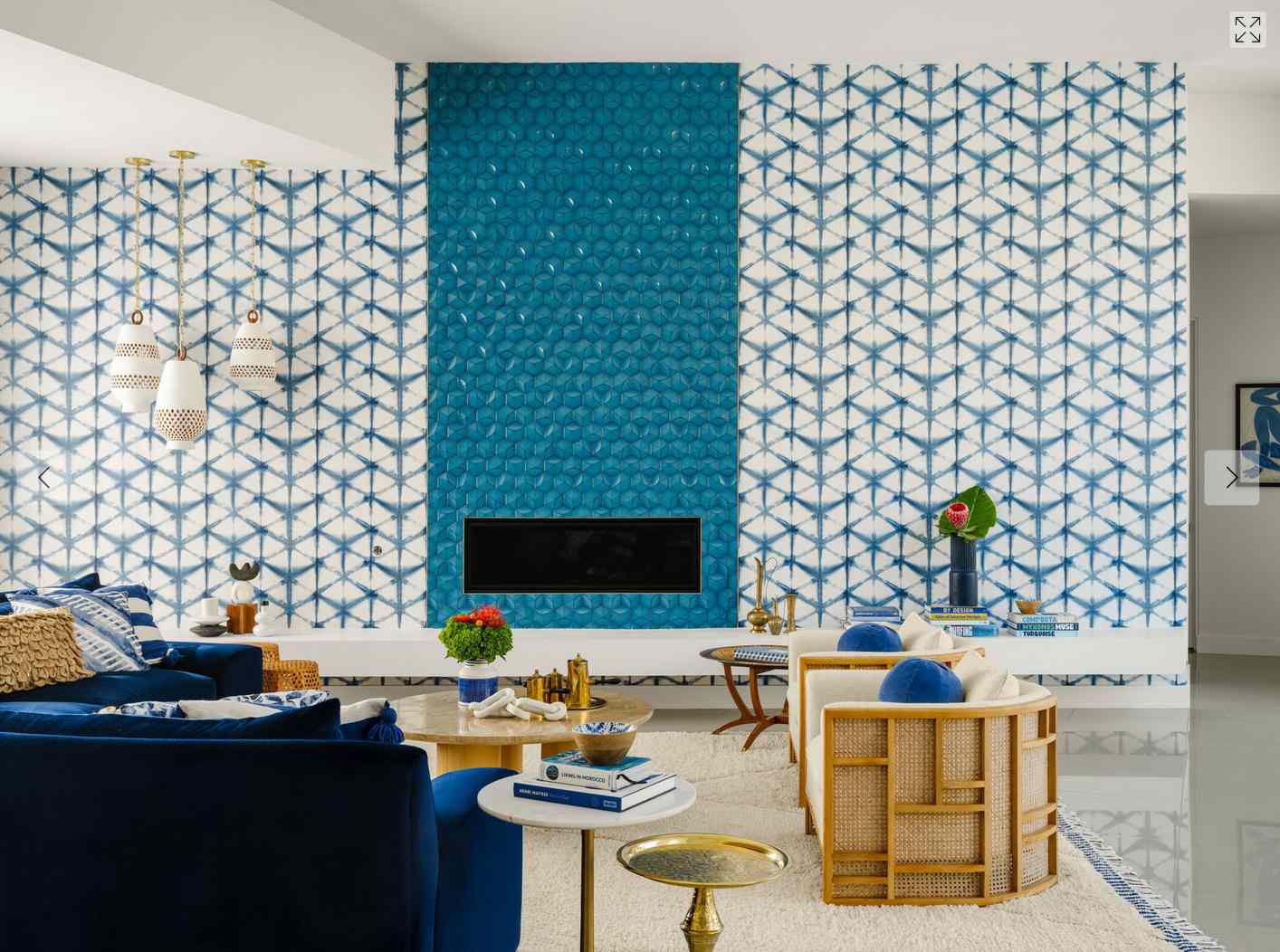
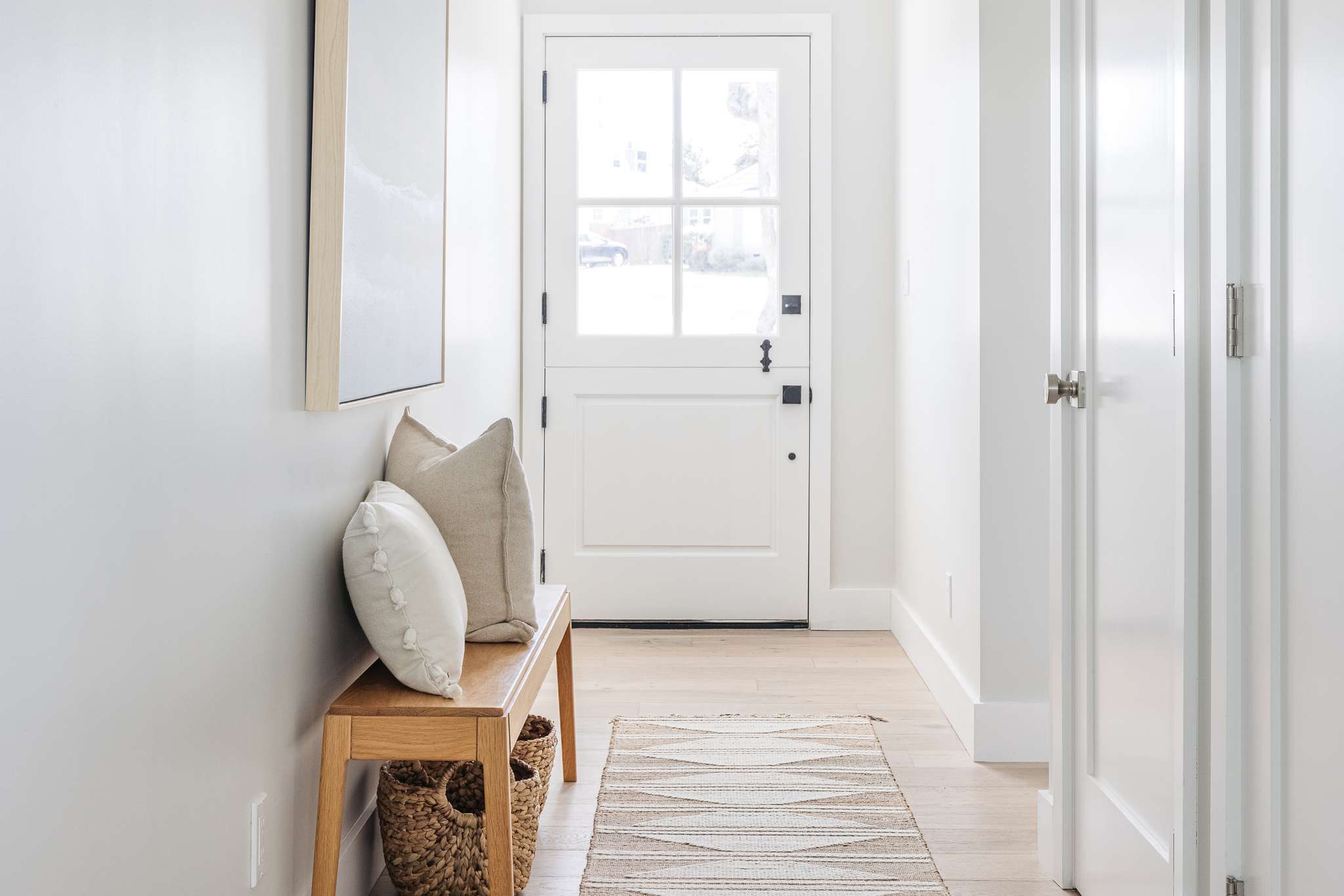
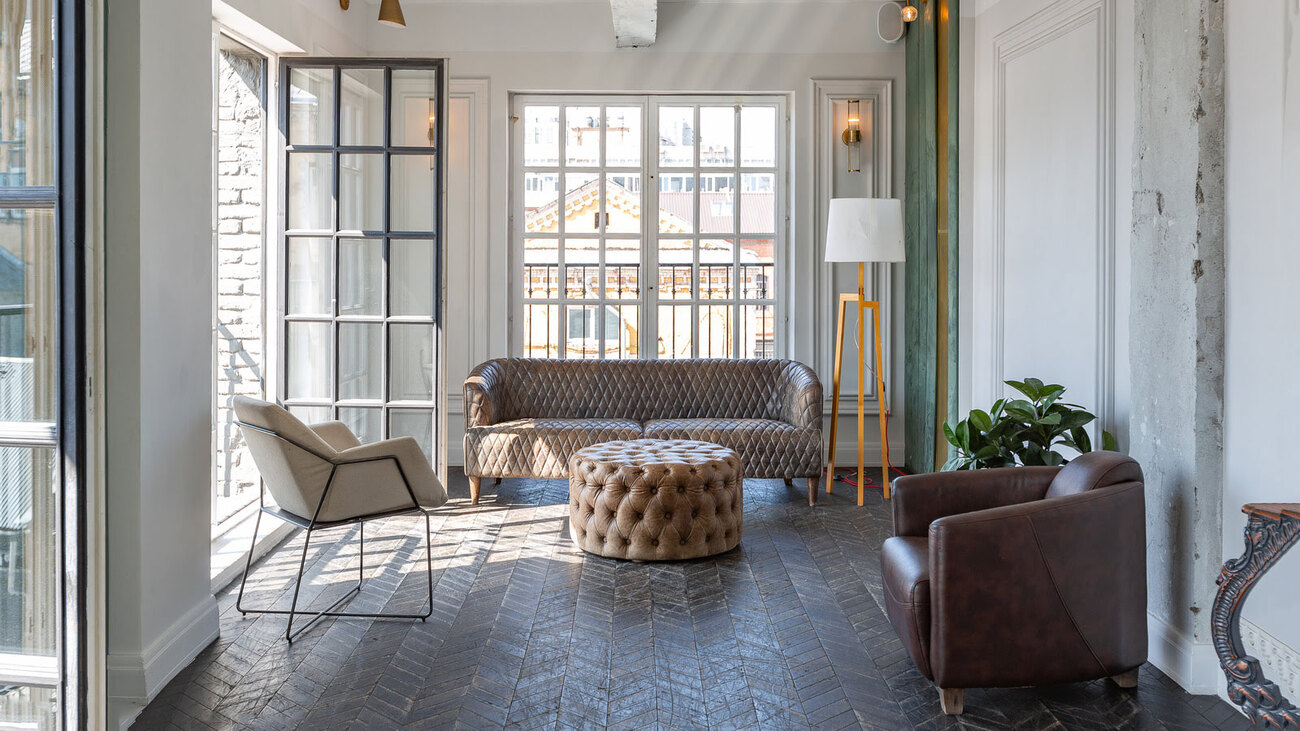
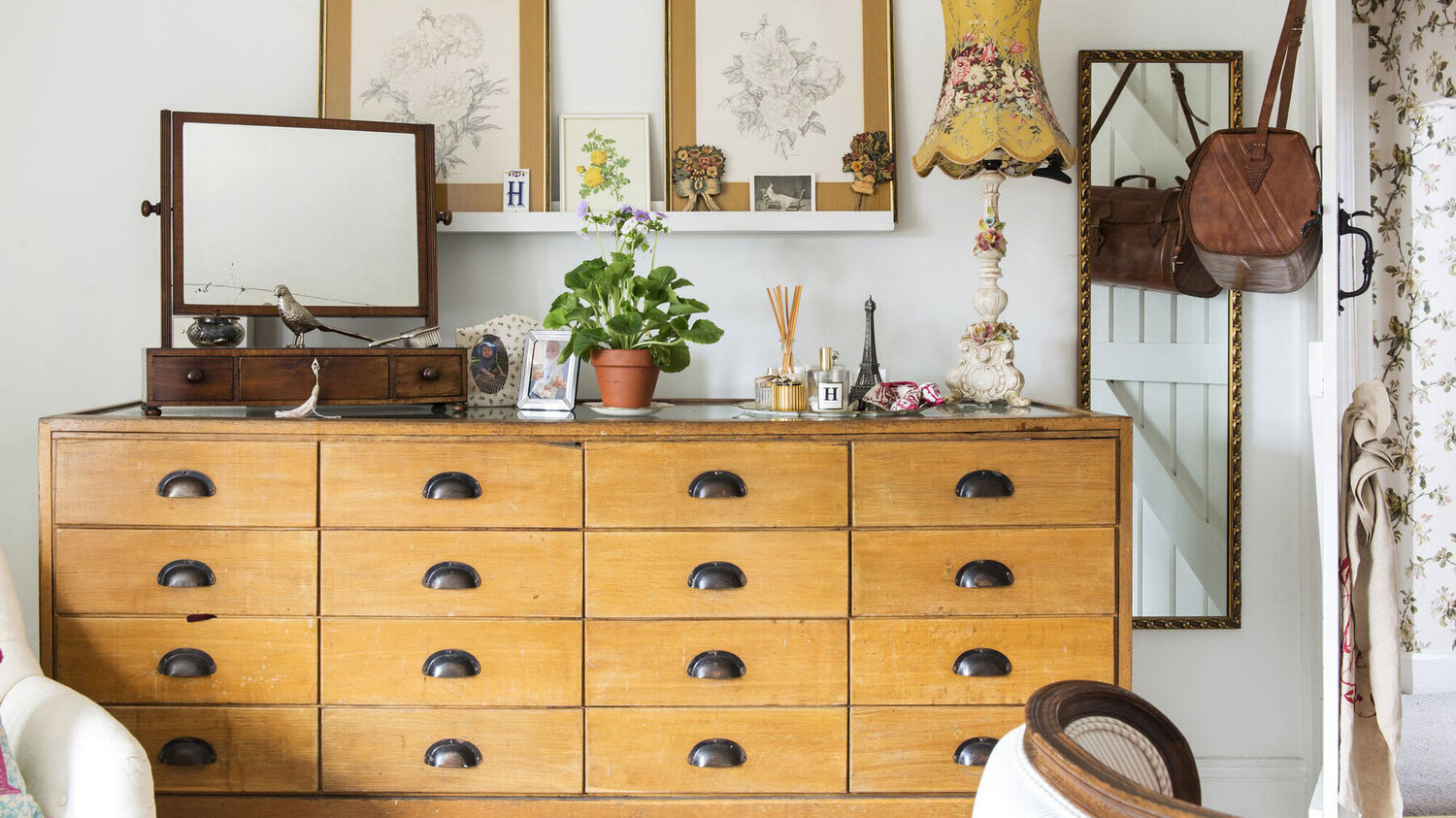
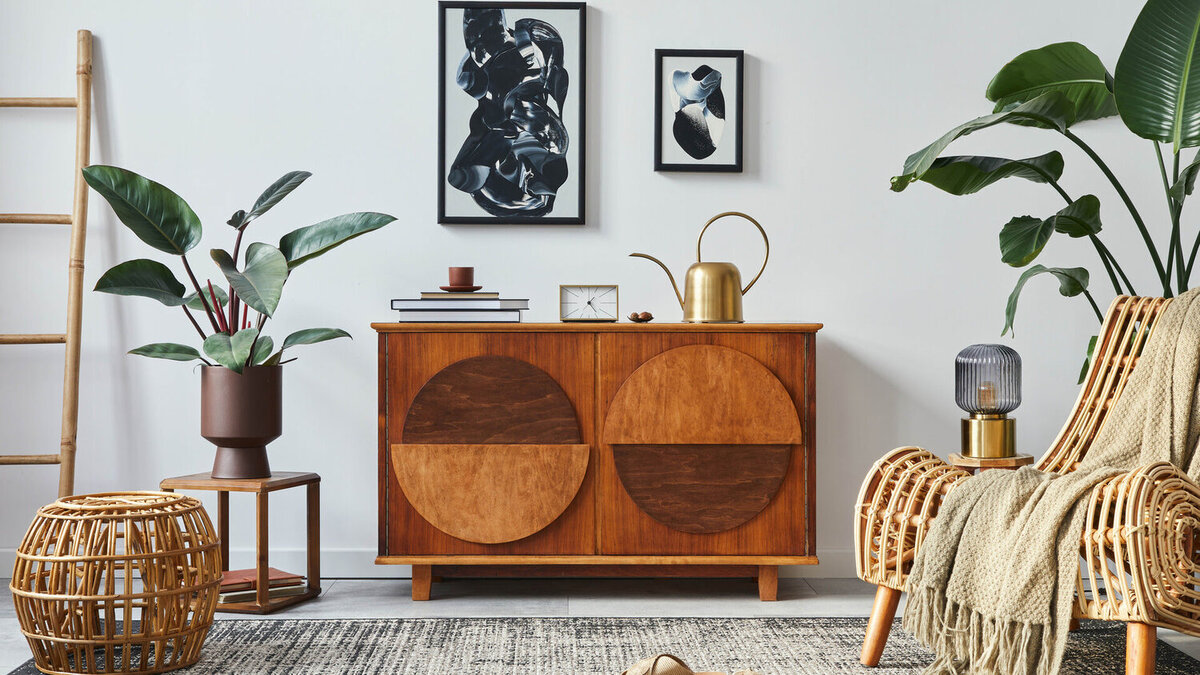
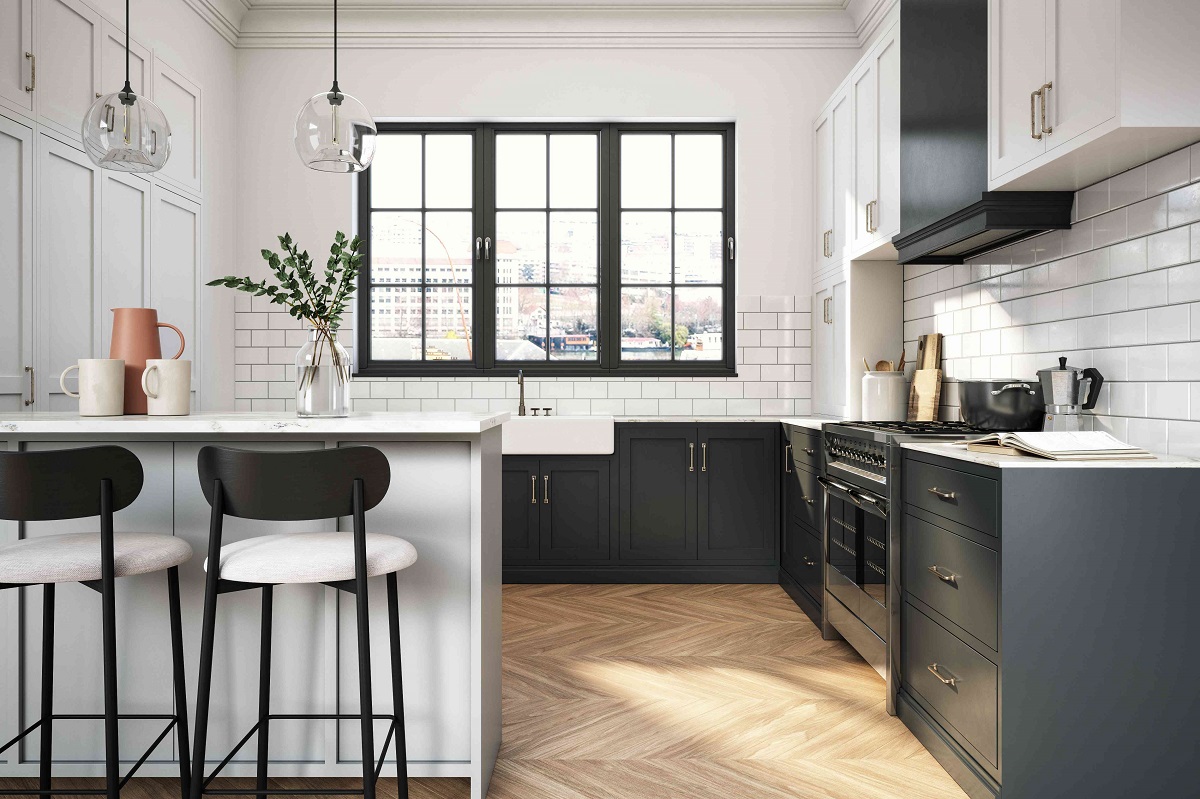
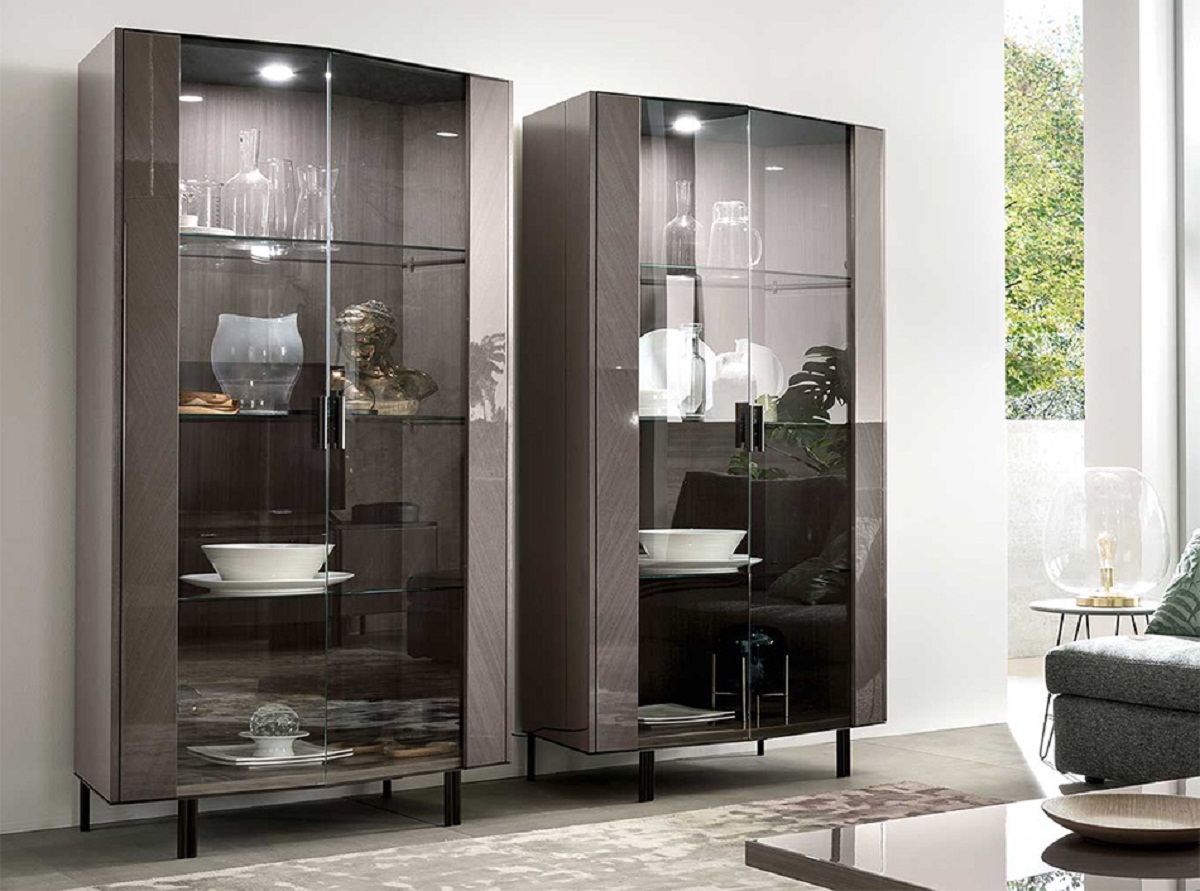
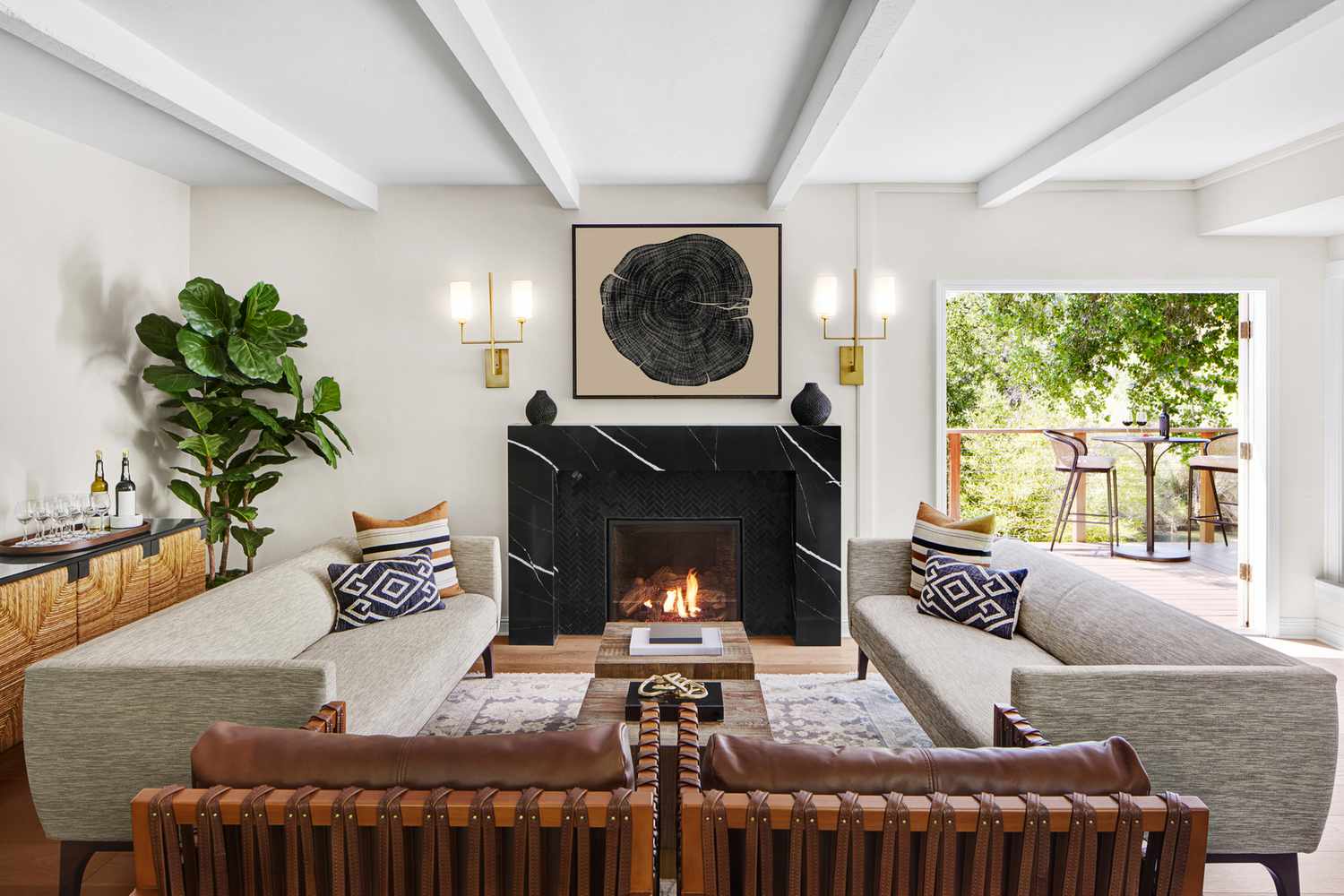
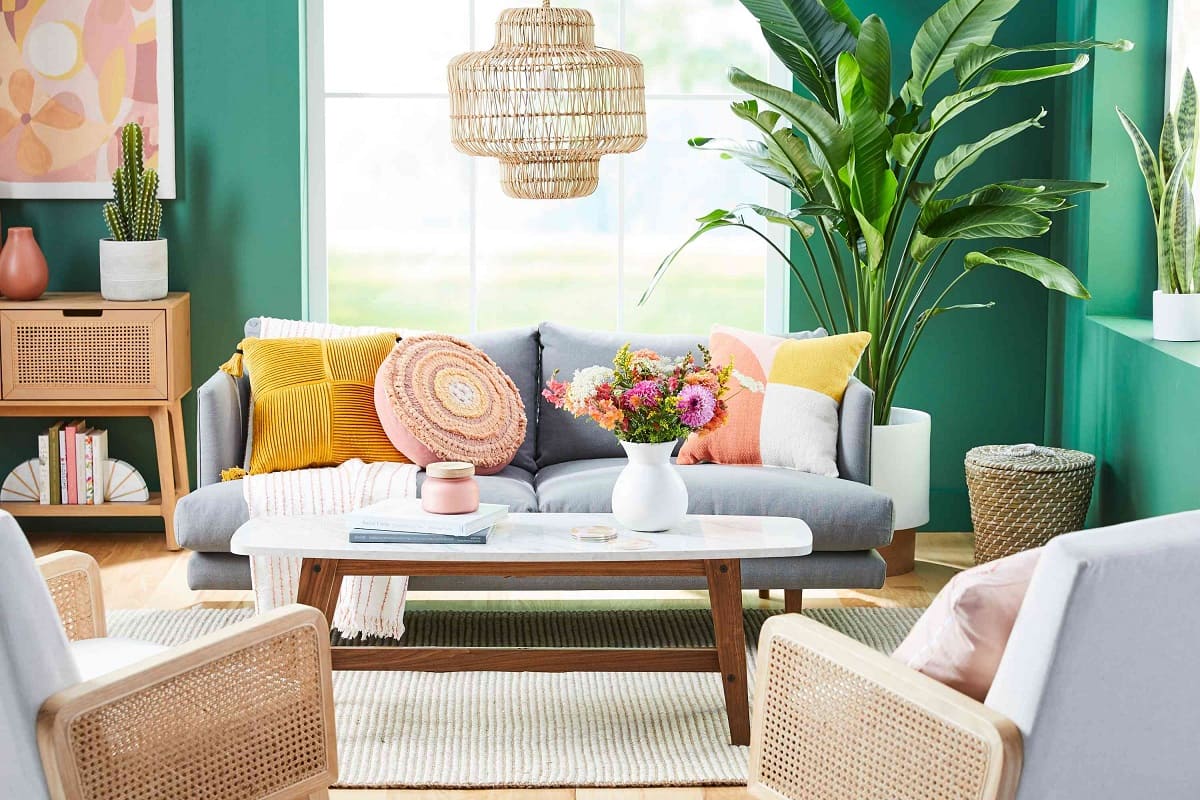
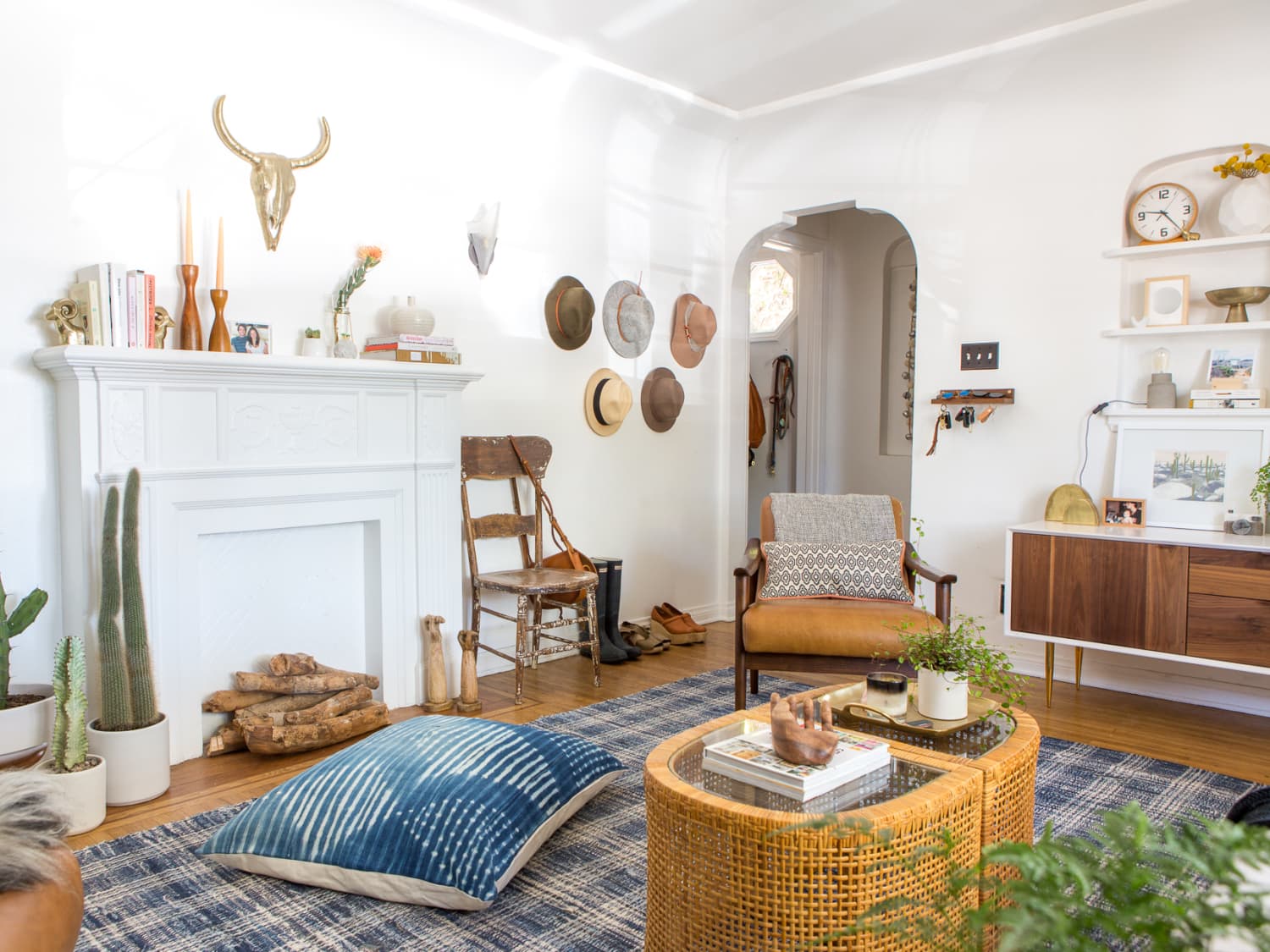
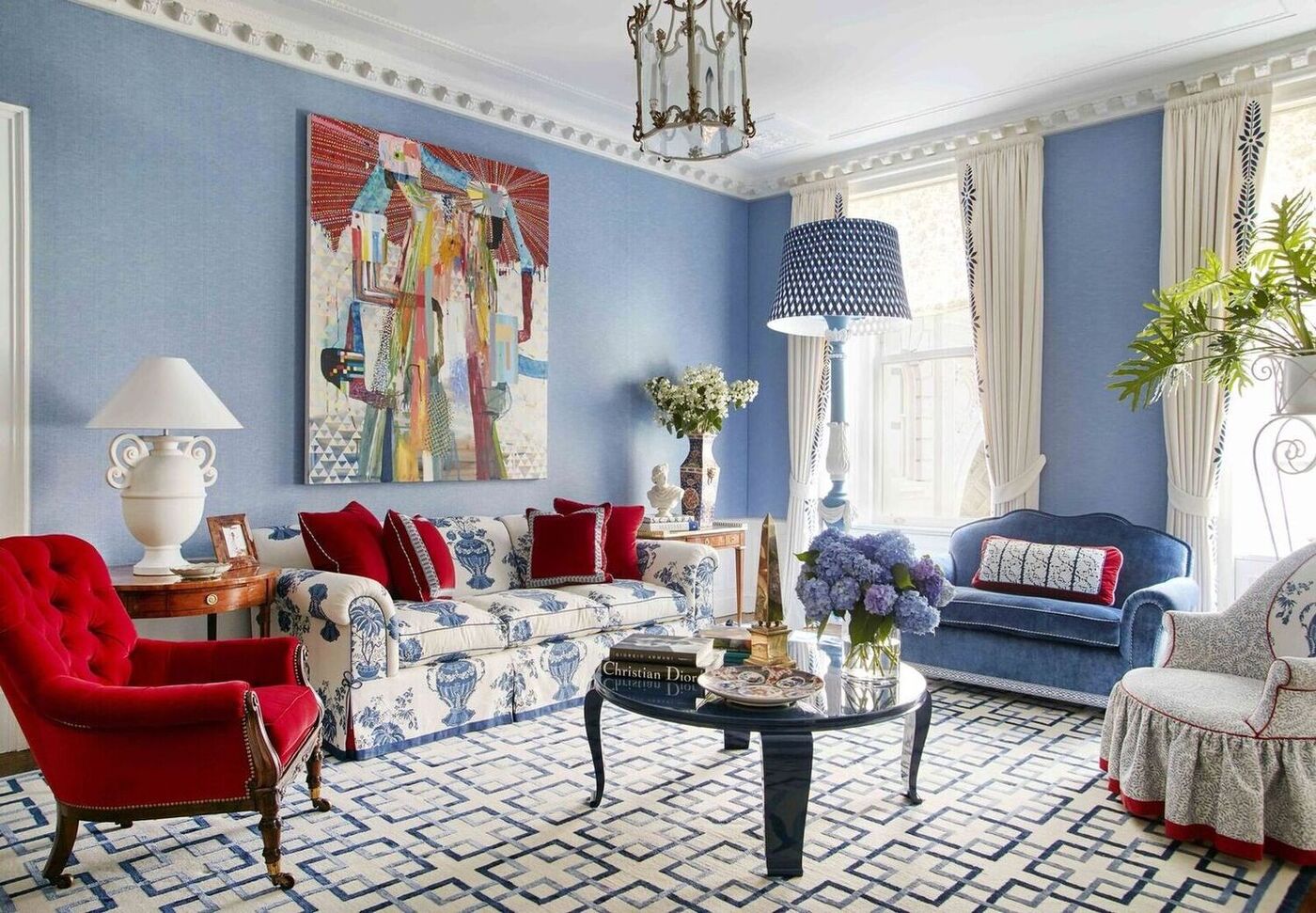

0 thoughts on “5 Outdated Lighting Trends Designers Say To Avoid”